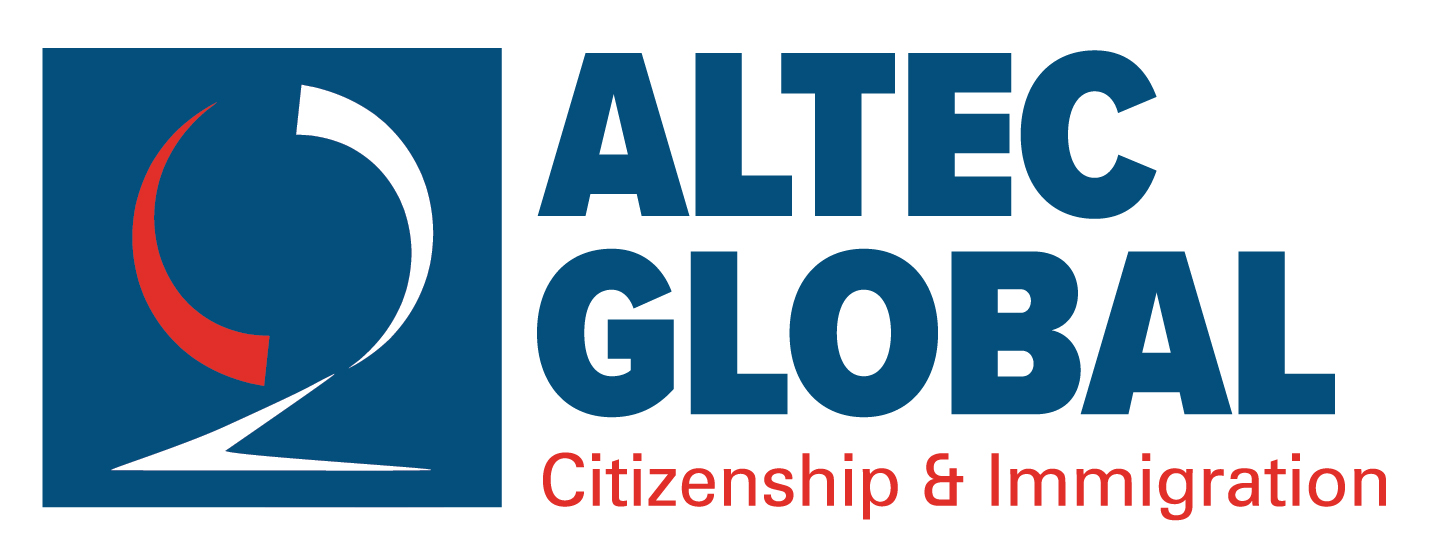Are you tired of the lengthy processing times for your Canadian visa application? If so, you may be interested in a practice known as “flagpoling.” In this blog post, we will explore the concept of flagpoling, a legal strategy employed by some Canadian visa holders to avoid prolonged processing times.
Understanding Flagpoling:
Flagpoling refers to the process where foreign nationals with temporary status in Canada exit the country by crossing the border into the United States and then immediately re-enter Canada to seek same-day immigration services. Although it may sound unusual, flagpoling is a legal practice that can be carried out at any point of entry, with land border crossings in Ontario’s Niagara region being a popular choice.
The Advantages of Flagpoling:
The main advantage of applying for a visa through flagpoling is the ability to bypass lengthy processing times typically associated with regular application routes. Unlike traditional methods, flagpoling allows for on-the-spot visa processing, eliminating the waiting period for application results.
Furthermore, during the flagpoling process, applicants directly hand their required documents to an immigration officer. This direct interaction provides an opportunity for immediate feedback in case of any issues or errors in the application. In contrast, mistakes made through regular application channels can lead to delays and complications.
Flagpoling and CBSA’s Response
According to data from the Canada Border Services Agency (CBSA), a total of 21,452 individuals engaged in flagpoling in 2022. Although CBSA encourages individuals to apply online through the Immigration, Refugees and Citizenship Canada (IRCC) website to streamline the immigration process, flagpoling has become so prevalent that certain border crossings have designated specific dates and times to accommodate flagpolers.
IRCC’s Service Standards and Backlog
IRCC has established service standards that outline the expected processing times for various types of visa applications. However, these standards often differ from the actual processing times experienced by applicants, resulting in a backlog of pending applications.
IRCC aims to process 80% of applications within a reasonable timeframe, depending on the application type. For instance, spousal and family class sponsorship applications have a service standard of 12 months, while Express Entry applications aim for a six-month processing time.
As of March 31st, IRCC’s application backlog stood at approximately 2 million individuals across various immigration, work, study, and sponsorship categories. Within this backlog, around 1.1 million applications fall within service standards, while nearly 900,000 remain pending.
Addressing the Backlog:
IRCC recognizes the urgency to reduce the backlog and meet their service standards. They have taken several steps to address the issue, including digitizing applications, expanding their workforce through new hires and training, and leveraging automation technologies to streamline the process.
If you’re frustrated by the prolonged processing times associated with Canadian visa applications, flagpoling may be a strategy worth considering. This legal practice allows for same-day immigration services and offers the opportunity for immediate feedback on your application. However, it’s important to weigh the pros and cons and understand the potential implications before opting for flagpoling. As IRCC continues its efforts to reduce the backlog and enhance processing efficiency, staying informed and exploring various options can help navigate the immigration journey more effectively.


Recent Comments